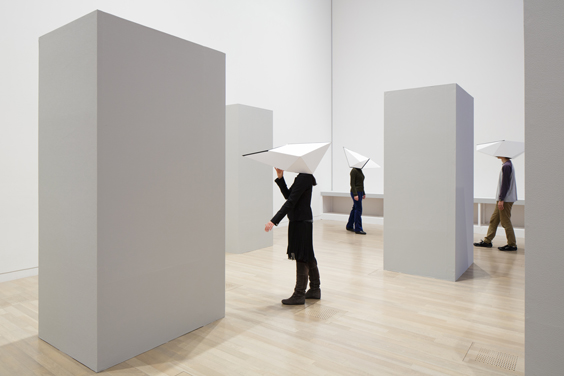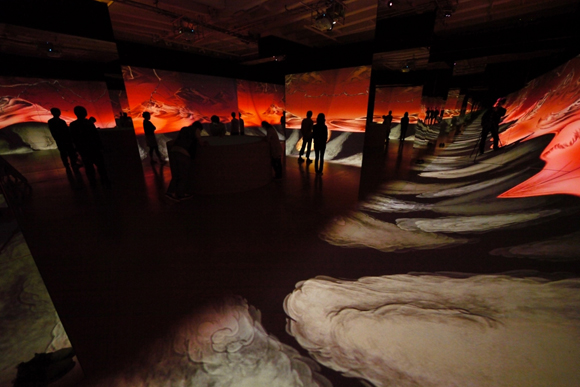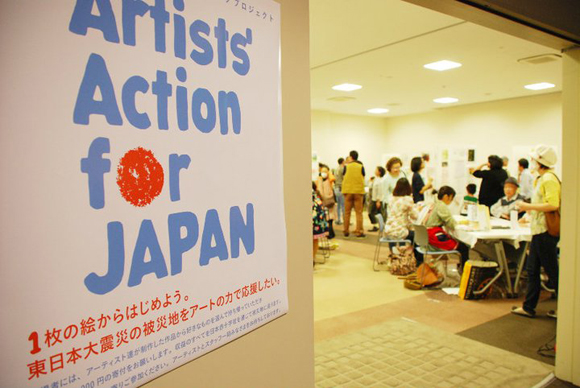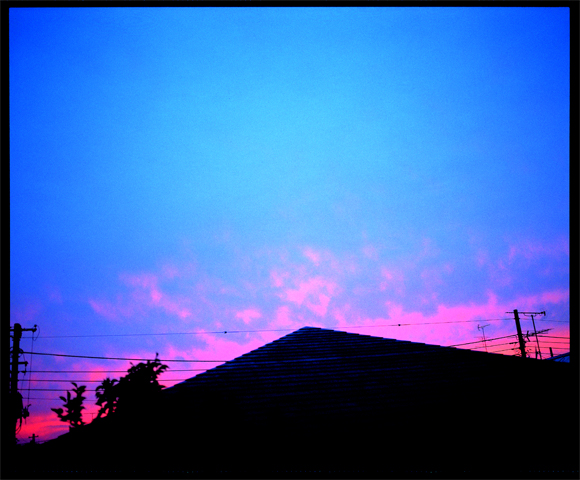
Hedwig HEINSMAN / Niki SMIT / Simon van der LINDEN, 3RD, 2014. Interactive Installation. Image from the 18th Japan Media Arts Festival (Entertainment Division, Excellence Award) Courtesy the artists and Japan Media Arts Festival
CALL FOR ENTRIES:
19TH JAPAN MEDIA ARTS FESTIVAL
Deadline: 9 September 2015 (18:00 Japan Standard Time)
The Japan Media Arts Festival is a comprehensive festival of Media Arts (Media Geijutsu) that honors outstanding works from a diverse range of media – from animation and comics to media art and games. The festival gives awards in each of its four divisions: Art, Entertainment, Animation, and Manga. Since its inception in 1997, the festival has recognized significant works of high artistry and creativity, and in addition to a yearly Exhibition of Award-winning Works has held other events, such as symposiums, screenings, and showcases.
Entries are sought from professional, amateur, independent and commercial creators across the globe. Works completed or released between September 3, 2014 and September 9, 2015 are eligible for entry in the four divisions – Art, Entertainment, Animation and Manga.
Continue reading “Opportunities: Call for Entries for the 19th Japan Media Arts Festival”

![[1]_17jmaf_main_art_564](https://www.m-kos.net/wp-content/uploads/1_17jmaf_main_art_564.jpg)



